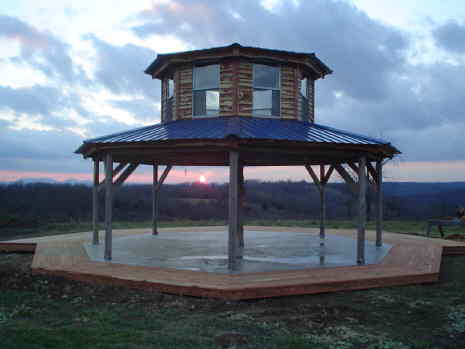Question
Is the wood more subject to degrade and defects when above or below FSP? Somebody told me that it is more critical when the wood is above FSP but it confuses me since I know that wood only starts to shrink below FSP.
Forum Responses
There is more than one type of defect. You have checks, stain, decay and mold. Decay and mold can only start when the moisture content is high (above FSP). The chemicals that later produce some stains are produced when the moisture content is high (above FSP).
As far as checks are concerned you need to remember two things. 1) When you talk about fiber saturation point you can only talk about each cell, not an average moisture content of a block or board of wood. This is because the surface is usually drier than the center. So, only one point through the depth is at FSP. 2) Shrinkage does occur before you reach FSP when the wood is initially dried. So you can have wood shrink above FSP and cracking occurring. And the most critical time during drying is above FSP.
Most degrade occurs when the wood is shrinking, so that would be when some cells are below FSP, even thought the average MC of the lumber is over 40% MC.
Gene Wengert, forum technical advisor
Gene Wengert, forum technical advisor
